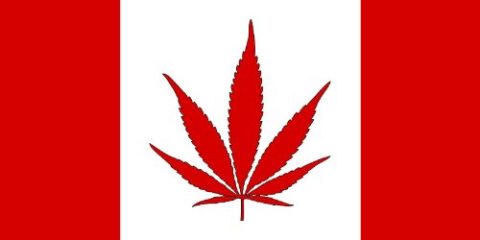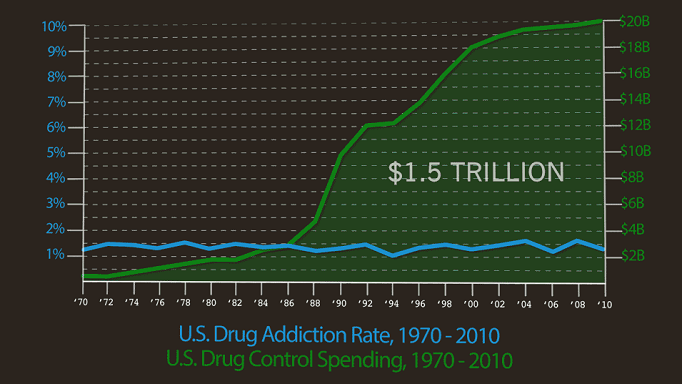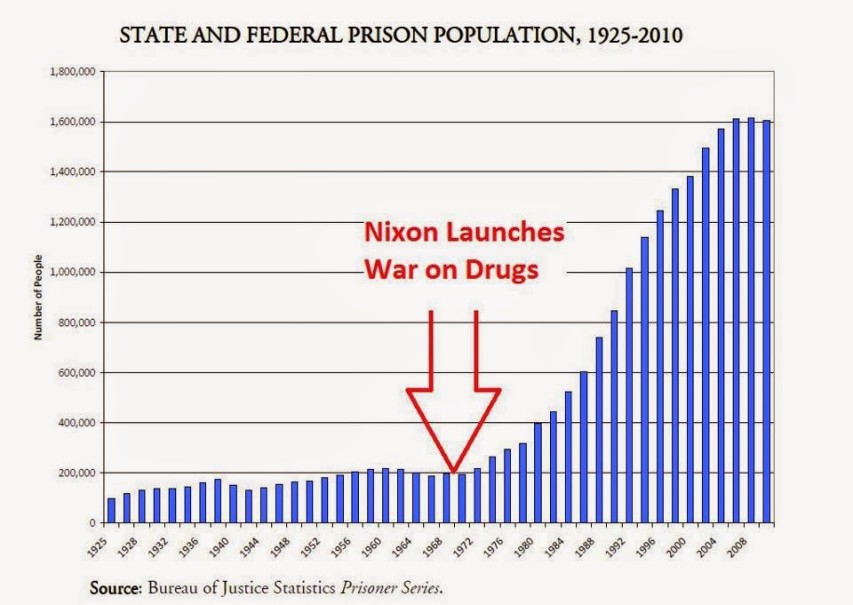Chris Selley discusses the federal government’s much-hinted-at full legalization plan which is expected to be implemented in time for Canada Day next year, and what it means for the existing quasi-legal market:
In any event, the legislation will have the benefit of forcing the provinces finally to come to grips with their policy preferences.
[…]
The others will soon have to follow suit. And they should be considering what to do if legalization doesn’t happen, as well. Tabling the legislation and any associated boosterism is only going to energize the open black market that has flourished in Canadian cities’ storefronts under the polite fiction of “dispensaries,” making a hollow mockery of the law.
The cries of injustice when police bust these businesses have been silly. Policing marijuana isn’t a great use of resources at any time, if you ask me, but a Liberal campaign promise isn’t worth the paper it’s printed on; it’s certainly not a legal defence. If you’re a “budtender” working for minimum wage in a “dispensary,” now would be a good time to realize that, under the law, you’re a minimum wage drug dealer.
In Toronto, it has been instructive, if not surprising, to see that the dispensary model works. People value the expertise, the variety of retail environments, the fact it’s not some dodgy dude on a bike who wants to hang out for an hour. The only things wrong with the model are byproducts of prohibition: lots of cash on hand makes them a target for robberies, for example, which often go unreported.
Across the country, people are happily buying marijuana the way people in jurisdictions all over the world (though certainly not in Ontario) buy their other intoxicants of choice.
That’s a lesson for Canadian jurisdictions to learn if the Liberals legalize marijuana: the private sector can handle it. And it’s a lesson if it stays illegal, too. The law is the law, but if Ottawa’s going to encourage people to break it, the ensuing mess doesn’t have to be the provinces’ problem.
Instead of enforcing it very sporadically, they could just not enforce it at all. Better yet, under such a policy, they could try to remedy some of the problems that prohibition creates in the storefront market.






